
Buying or building a house is, for most people, a major investment of money and time – often the largest investment that one makes in a lifetime. With careful design and planning, what otherwise would be an ordinary house-building project can become a rich and satisfying experience, which contributes to the life of the family much more than can be measured in monetary terms.
A eco-friendly or green home, in its relation to the land and the surrounding community, can embody our most profound feelings about living with nature and with society, and through the intelligence of the design, bring into form the ideals by which we hope to live. This site is dedicated to those who wish to bring these ideals into reality, no matter where they live on planet Earth!
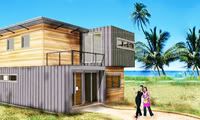
In the wake of perpetually increasing energy consumption and living cost all around the world, sustainability becomes an essential part of house design, as the proper planning and construction of the building itself can result in major energy savings.
The advantage of sustainable housing is one of construction economics. Sustainable systems are built of materials that can be easily obtained all over the world. The houses can be easily built by local contractors, as well as by relatively unskilled owner-builders.

Nevertheless, the decision to go sustainable today is also one made for the future – in purely economic terms, that of construction economics or to save fuel costs; in environmental terms, it is also to conserve limited resources.
The economic argument for sustainable housing is based upon the assumption that fuel costs will continue to rise, as they have in recent years, well above general inflation, and that water resources will become scarcer in time.
From the economic point of view, the investment in eco-friendly housing is justified if it pays back the added equipment installation cost by fuel cost savings within a reasonable period. From an environmental point of view alone, eco-housing is justified because it reduces our dependence on non-renewable, polluting fossil fuels.
From the environmental standpoint, the best sustainable design is therefore the one that saves the most renewable energy. However, in economic terms, the best sustainable design is the one which offers the highest return on the investment in equipment and construction.
As you shall see from our products, the Aloha Block module, featured on AlohaBlock.com, the sustainable approach most justified in economic terms varies according to climate, local fuel costs and the accuracy of assumptions made about eventual fuel cost rises, which in turn depend on local political and economic factors. In making judgments about the economic merit of eco-friendly housing, it should be kept in mind that many assumptions are involved so that the conclusions should not be taken as either absolute, or completely accurate.
Cost of sustainable installations vary according to local construction rates, the equipment used and the amount and type of financing available. For instance, a self-help builder who can contribute his own labor for a sustainable installation saves not only on construction labor, but contractor’s overhead percentage and the resulting finance charges, as well. In addition, a variety of tax incentives under constant revision by many legislatures worldwide, will make sustainable housing more economically attractive.
All things considered, to overcome these limitations, our eco-friendly Aloha Block module offered here are founded on a large variety of assumptions from all corners of the globe.



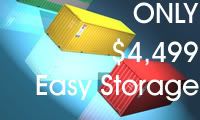

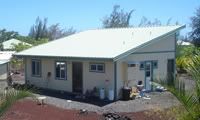
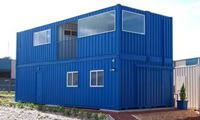
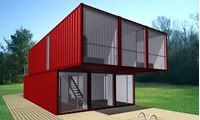





0 comments
Post a Comment